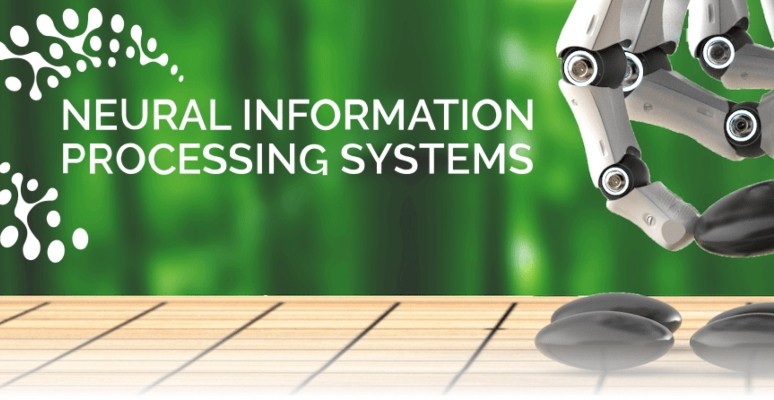Manchester AI Fun team attends NeurIPS conference
With The University of Manchester’s strategic investment in fundamental AI research and translation, its strengths in AI fundamental (AI Fun) research are growing.
And AI Fun academics in Manchester’s Department of Computer Science and Department of Physics and Astronomy recently made a notable presence at the NeurIPS Conference 2022 in New Orleans, USA.
They included Professor Samuel Kaski, Dr Wei Pan, Dr Micah Bowles, Dr Mauricio A Alvarez, Dr Tingting Mu and Dr Mingfei Sun, and activities included workshop organisation, invited talks and poster presentations.
Professor Kaski’s paper ‘Differentiable User Modelling’ was awarded best paper at the ‘Human in the Loop Learning’ workshop.
Find out more about the workshops and papers via the links below:
-Human in the Loop Learning (HiLL)
-Differentiable User Modelling
-Gaussian Processes, Spatiotemporal Modelling, and Decision-making Systems
-Multi-Mean Gaussian Processes: A novel probabilistic framework for multi-correlated longitudinal data
-Machine Learning and the Physical Sciences
Conference papers presented by Manchester AI Fun academics at NeurIPS 2022 included:
-Adjoint-aided inference of Gaussian process driven differential equations
-Deriving semantic class targets for the physical sciences
-Symmetry-induced disentanglement on graphs
-De-randomizing MCMC dynamics with the diffusion Stein operator
-Provably expressive temporal graph networks
-Modular flows: Differential molecular generation
-HAPNEST: An efficient tool for generating large-scale genetics datasets from limited training data
-More trustworthy Bayesian optimization of materials properties by adding humans into the loop
-Targeted causal elicitation
-Noise-aware statistical inference with differentially private synthetic data
-Improved imaging by invex regularizers with global optima guarantees
-Uni[MASK]: Unified inference in sequential decision problems
-Imitating human behaviour with diffusion models


